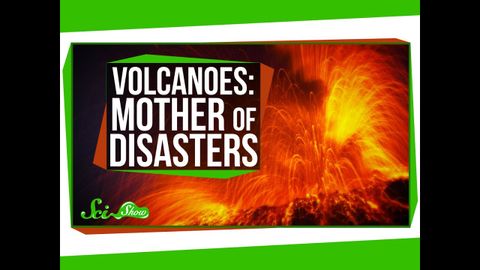
Subtitles & vocabulary
Volcanoes: Mother of Disasters
00
joey joey posted on 2021/05/19Save
Video vocabulary
stuff
US /stʌf/
・
UK /stʌf/
- Uncountable Noun
- Generic description for things, materials, objects
- Transitive Verb
- To push material inside something, with force
B1
More strain
US /stren/
・
UK /streɪn/
- Transitive Verb
- To remove the water from (food) using a colander
- To injure a muscle, leg etc. by using it too much
- Noun (Countable/Uncountable)
- Injury to a muscle, leg etc. through overuse
- Type or variation of a disease or bacillus
B2
More inspiration
US /ˌɪnspəˈreʃən/
・
UK /ˌɪnspə'reɪʃn/
- Noun (Countable/Uncountable)
- Force making you feel you can do things, succeed
- The power or urge that makes you want to do something, especially something creative
B1TOEIC
More disease
US /dɪˈziz/
・
UK /dɪˈzi:z/
- Noun (Countable/Uncountable)
- Illness that affects a person, animal, or plant
- A disorder of structure or function in a plant, especially one caused by a pathogen.
- Transitive Verb
- To affect with disease; to corrupt or sicken.
A2TOEIC
More Use Energy
Unlock All Vocabulary
Unlock pronunciation, explanations, and filters
